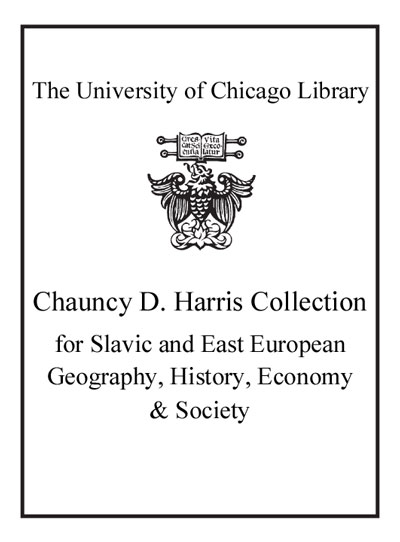Review by Choice Review
Despite what its title suggests, this book is not about the Holocaust. In this deeply researched volume, evidence of the author's masterful command of a massive volume of primary and secondary materials, Brewing (RWTH Aachen Univ., Germany) emphasizes that his focus is not the Nazis' genocidal terror, planned and intentionally executed. Instead, he focuses on German massacres in rural and urban Polish villages and communities, which he defines and examines in careful detail. The civilians of the subtitle are Christian and ethnic Poles, though the author "in no way implies the semantic exclusion of Jews from Polish society" (p. 20). He considers the roughly 40,000 murders carried out within the context of the propaganda construction of an anti-Polish enemy, anti-partisan efforts grounded in German occupation policy, the nexus of Polish village pacification (including Warsaw in 1944), and the way a system of violence was installed and maintained. Sections of this study are emotionally wrenching to read, but the scholarly balance justifies the numerous prizes this book has received. It is a major contribution to both German and Polish historiography and has important lessons and insights for society as a whole. Summing Up: Highly recommended. General readers through faculty. --Paul W. Knoll, emeritus, University of Southern California
Copyright American Library Association, used with permission.
Review by Choice Review

